I ditched Android for iPhone — and these 5 things keep annoying me
These are the five worst things so far with moving from Google Pixel 6 Pro to an iPhone 13 Pro
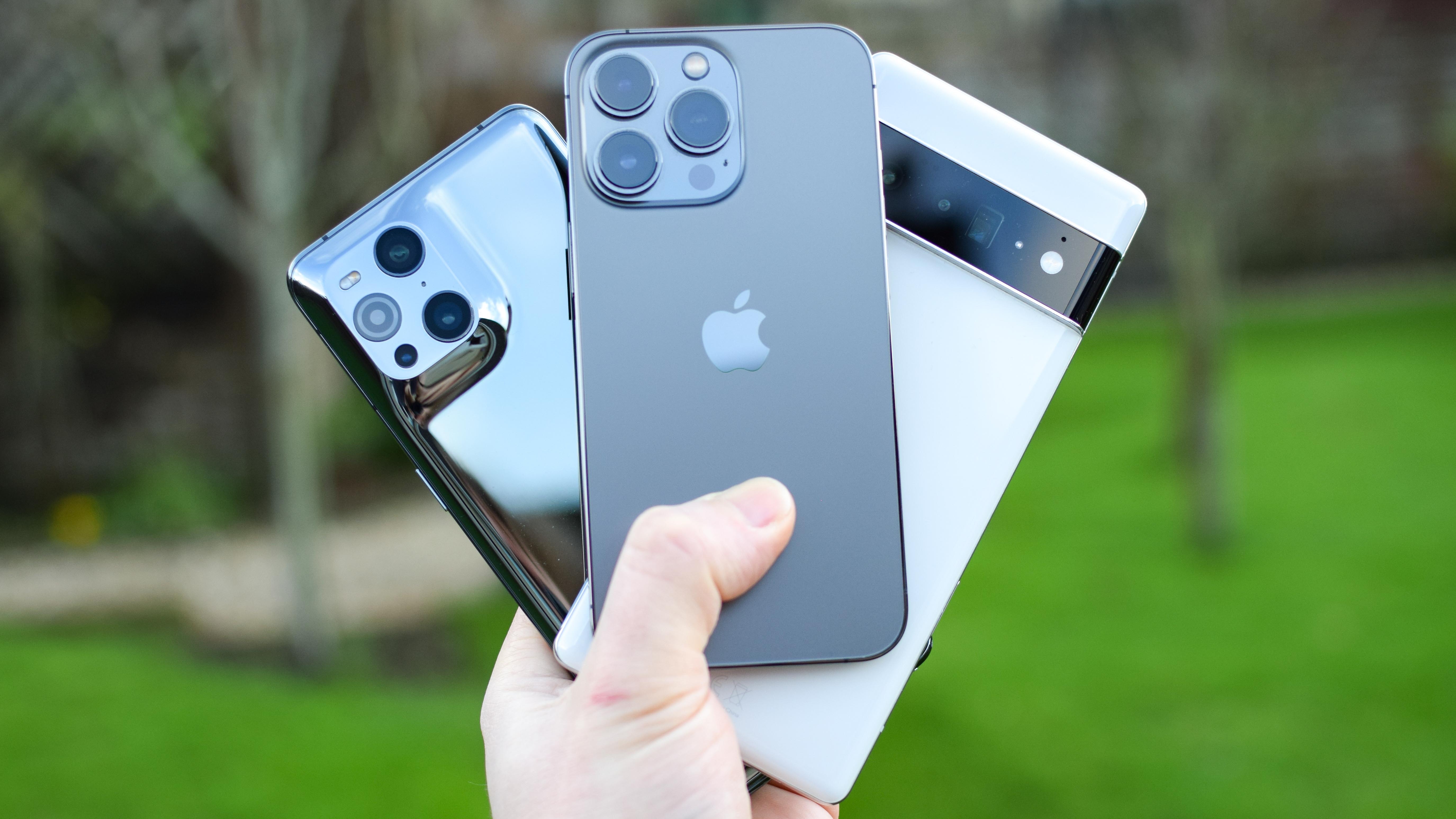
As a long-time Android user swapping to an iPhone, it all could've been a jarring experience. But I've been using an iPhone 13 Pro for a few months now and have been rather taken by it, to the extent that it’s set to remain my main phone for the foreseeable future.
Now before you rush to the comments and call me an Apple sheep, I’ve tested and reviewed a lot of the best Android phones. And on a daily basis I still carry around a Google Pixel 6 Pro, so I’m by no means an iPhone convert.
But despite there being one key reason why I've switched from Android to iPhone, I do have a clutch of problems with the iPhone 13 Pro and iOS too, so I won't be ditching an Android backup anytime soon. Let me tell you why.
A lack of customization
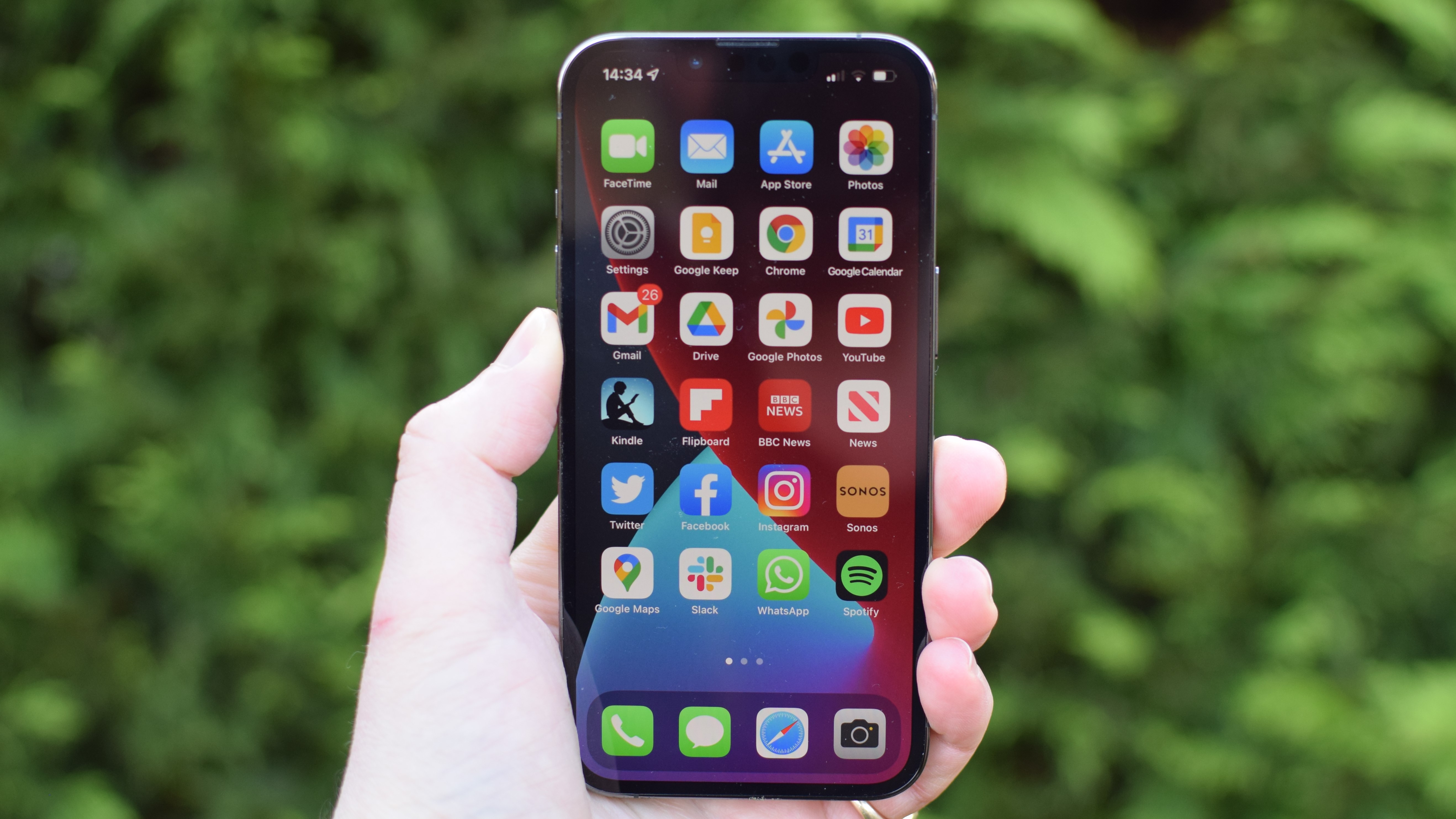
Let’s start with one of the most prominent complaints with iPhones and iOS; the lack of customization. Apple keeps its mobile operating system pretty well locked down, as well as having a heavy hand in what is and what’s not allowed on the App Store.
As such, the flexibility one gets with an Android phone, such as tweaking display color profiles, making use of an always on display, adjusting widgets and so on is out of reach for iPhone users. Now I’m not hugely into going deep on customization, though I do like options, so this isn’t as big a niggle for me as it is for some Android fans.
But one thing that drives me utterly mad is the process of moving apps around the home screens. If you move one everything else moves, meaning you can't create a blank space on a home screen. And if you happen to accidentally move one app through a mis-swipe or tap, you can find yourself needing to rearrange a swathe of apps just to get back the layout you had before.
This has long been an annoyance for me with iOS 15. But in 2022 it feels a bit ridiculous when Android lets you pretty much put apps where you please.
Get instant access to breaking news, the hottest reviews, great deals and helpful tips.
The walled garden nature of iOS can also irritate in other ways, with limitations on some apps that aren’t seen in their Android equivalent. For example, the Xbox Game Pass app on iOS isn't allowed to support cloud-based game streaming, whereas it can on Android; this is down to Apple’s app policies, not technical issues, and it's pretty annoying.
No fingerprint scanner

While I’m on the subject of particular annoyances, the lack of a fingerprint scanner is pretty annoying since the coronavirus pandemic has a lot of us wearing masks. Sure Face ID is impressive and responsive, but it falls apart when dealing with a masked face — at least until iOS 15.4 comes along.
This means when it comes to authorizing contactless payments, say on the London Underground, I need to tap out my lockscreen PIN. This is far from the frictionless experience Apple devices promise, and more often than not I’ll reach for my Pixel 6 Pro to handle payments even though its fingerprint scanner isn’t the snappiest.
I really, really hope Apple does indeed bring back Touch ID for the iPhone 14 Pro, as I’m growing increasingly weary of just relying on Face ID.
Lightning port persistence
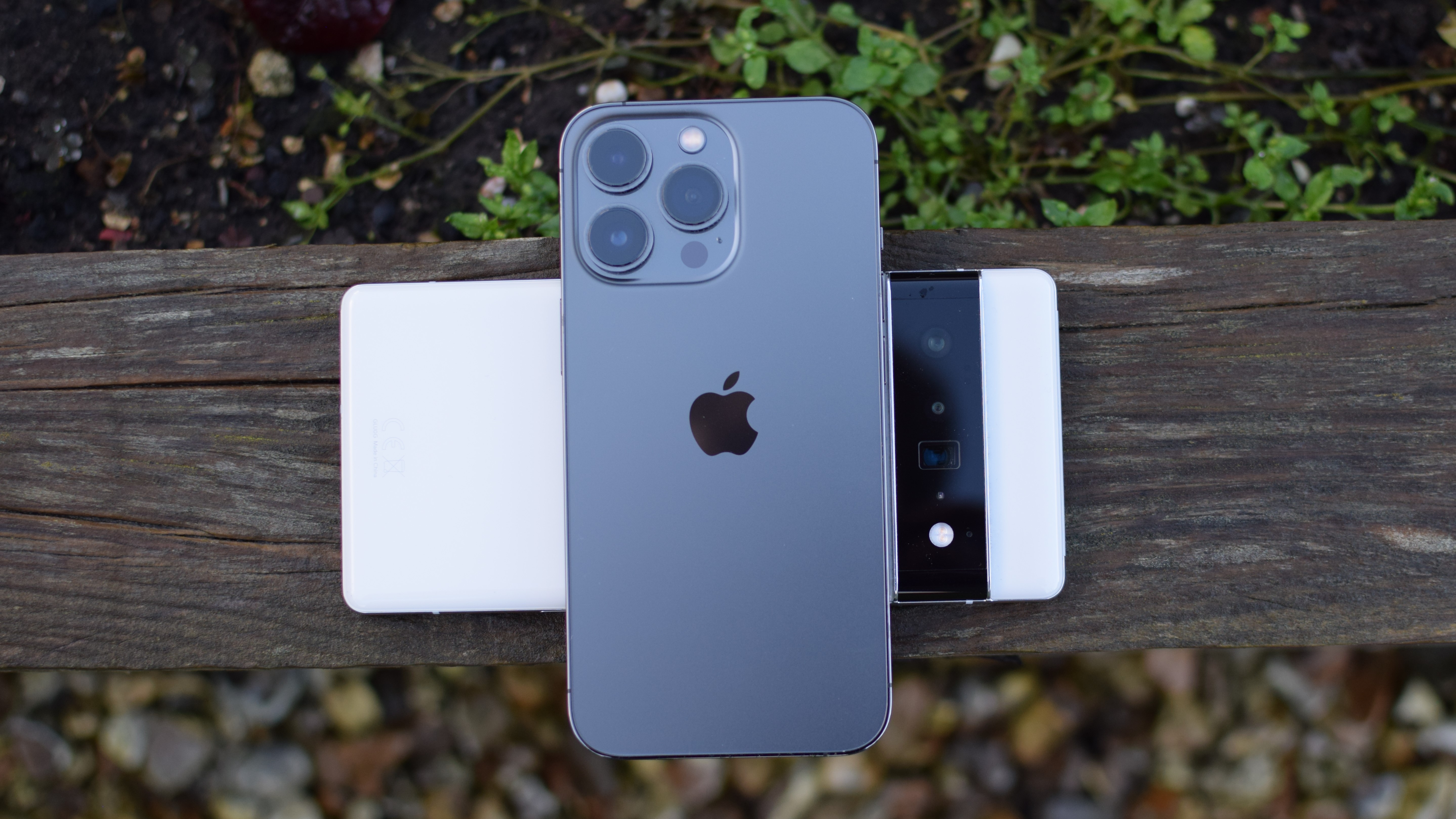
Speaking of bringing things to next-gen iPhones, I really hope Apple gives up on its lightning port and adopts USB-C for the iPhone 14.
I find it baffling that Apple has adopted USB-C for its MacBooks and most iPads but is still sticking with Lightning for its iPhones, as well as the likes of the AirPods Pro.
Given how many devices use USB-C for connectivity and charging, I find it frustrating that I have to carry around a Lightning cable just for my iPhone 13 Pro. It’s particularly galling that said cable is USB-C to Lightning — surely Apple could have just gone full USB-C, as I can’t imagine there are that many people still making use of dedicated Lightning port accessories.
In fact, I’d go so far as to say that if Apple doesn't move to USB-C with the iPhone 14, I’ll move back to Android.
Fussy notifications
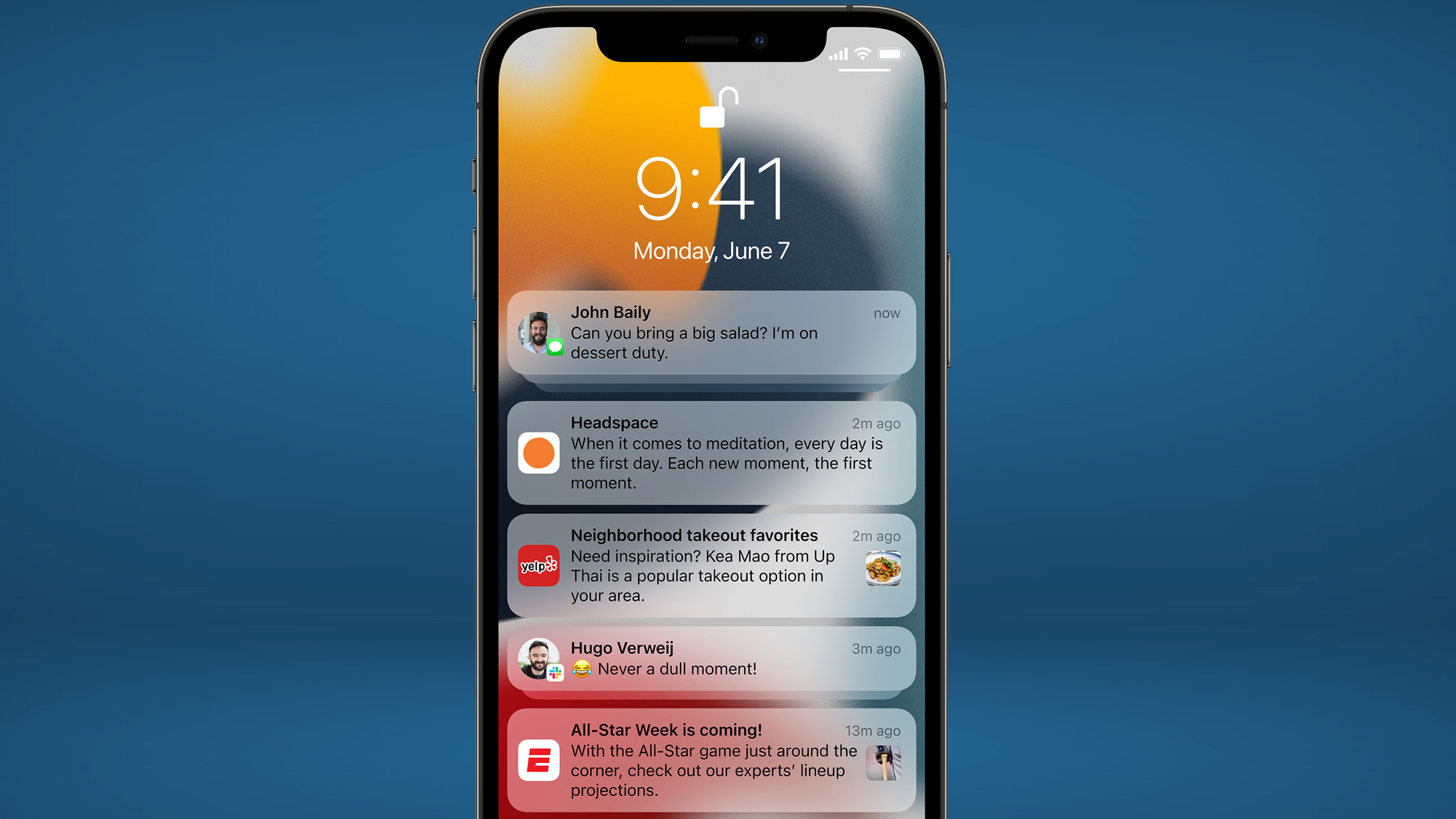
Maybe it’s just me, but I’ve not been able to get on with the way iOS handles notifications. I like how by default they don’t show any content on the lock screen unless Face ID has confirmed it's you who’s looking at the phone. But other than that I find dealing with them a little fussy.
For an operating system that's vey initiative, iOS doesn't make it super clear with all the ways notifications can be manipulated and interacted with. Some respond to a single tap, others a long press.
Dismissing notifications can be a pain too. What's an easy swipe or tap of a clear all button in Android requires effectively double tapping a translucent cross in iOS’ Notification Centre or swiping left then tapping ‘clear’ for those notifications that are more recent. It’s a small thing but noticeable on a busy day of emails, Slack messages and more.
I appreciate the amount of control Apple now lets you have over notifications, but I can’t help the feeling they just aren’t as smart or as intuitive as those on the Pixel 6 Pro. Again, this is probably down to a lack of familiarity with iOS, but for now, Android wins on the notifications front.
A bit boring
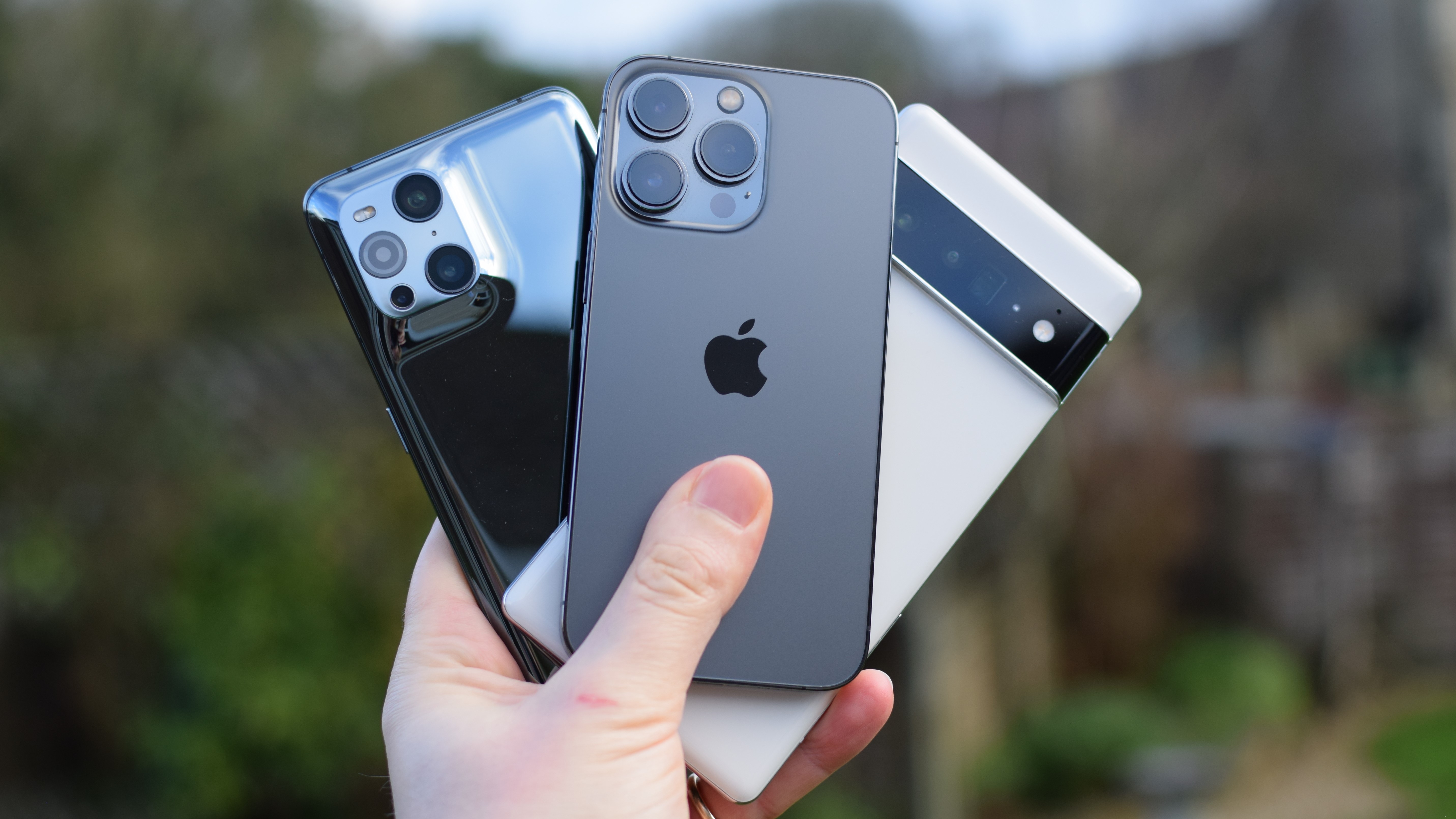
Over the past few generations, the iPhone hasn’t really changed a great deal, and I feel the iPhone 13 Pro is pretty much the poster child for iterative design and updates. This has led Apple to create a phone that honed to fine point for mass use in business and pleasure. But, by heck is it a dull phone.
There's nothing the iPhone 13 Pro has that really piqued my curiosity — it’s brilliant in a handful of ways, but boring.
There aren’t really features to get excited about, whereas the Samsung Galaxy S22 Ultra has the S Pen and DeX, for example. The Pixel 6 Pro has Magic Eraser and the Tensor chip that puts AI front and centre. The Oppo Find X3 Pro has a microscope camera and its successor, the Oppo Find X5 Pro has some slick screen options to make viewing content on the 10-bit display that bit better. These could all be seen as gimmicks, but they’re definitely cool to use.
That used to be the case when iPhone introduced new tech, such as the iPhone 4s bringing in Siri as arguably the first virtual assistant. But now iPhones tends to follow the Android phone pack in adopting new technologies and features — though Apple’s approach to refining such things is hard to beat.
As a result, I’m more excited about the potential Google Pixel 7 or Samsung Galaxy Z Fold 4 than I am for the iPhone 14 Pro.
With that in mind, along with everything else mentioned above, as I come to the end of this article, I can already feel a ripple of change in my belief that I won’t be moving away from the iPhone 13 Pro any time soon. It’ll take a special Android phone to grab my attention, but the year is still young and we’ve got a lot of tech to come in 2022.

Roland Moore-Colyer a Managing Editor at Tom’s Guide with a focus on news, features and opinion articles. He often writes about gaming, phones, laptops and other bits of hardware; he’s also got an interest in cars. When not at his desk Roland can be found wandering around London, often with a look of curiosity on his face.
